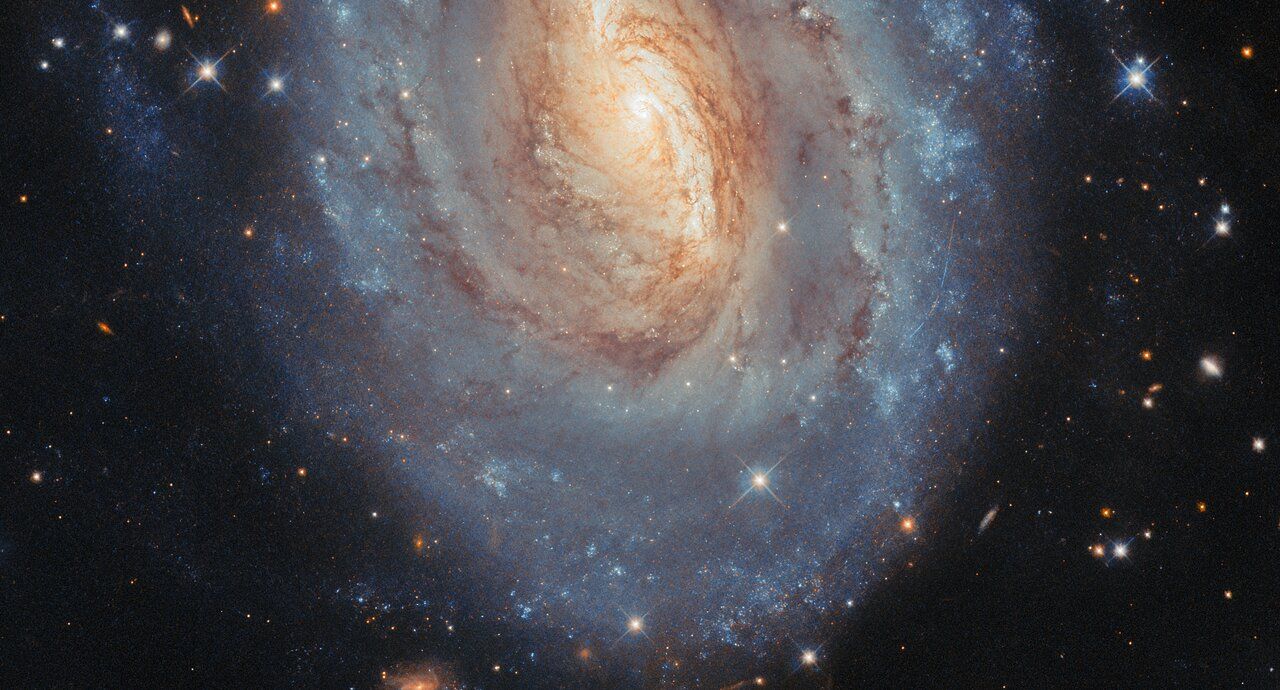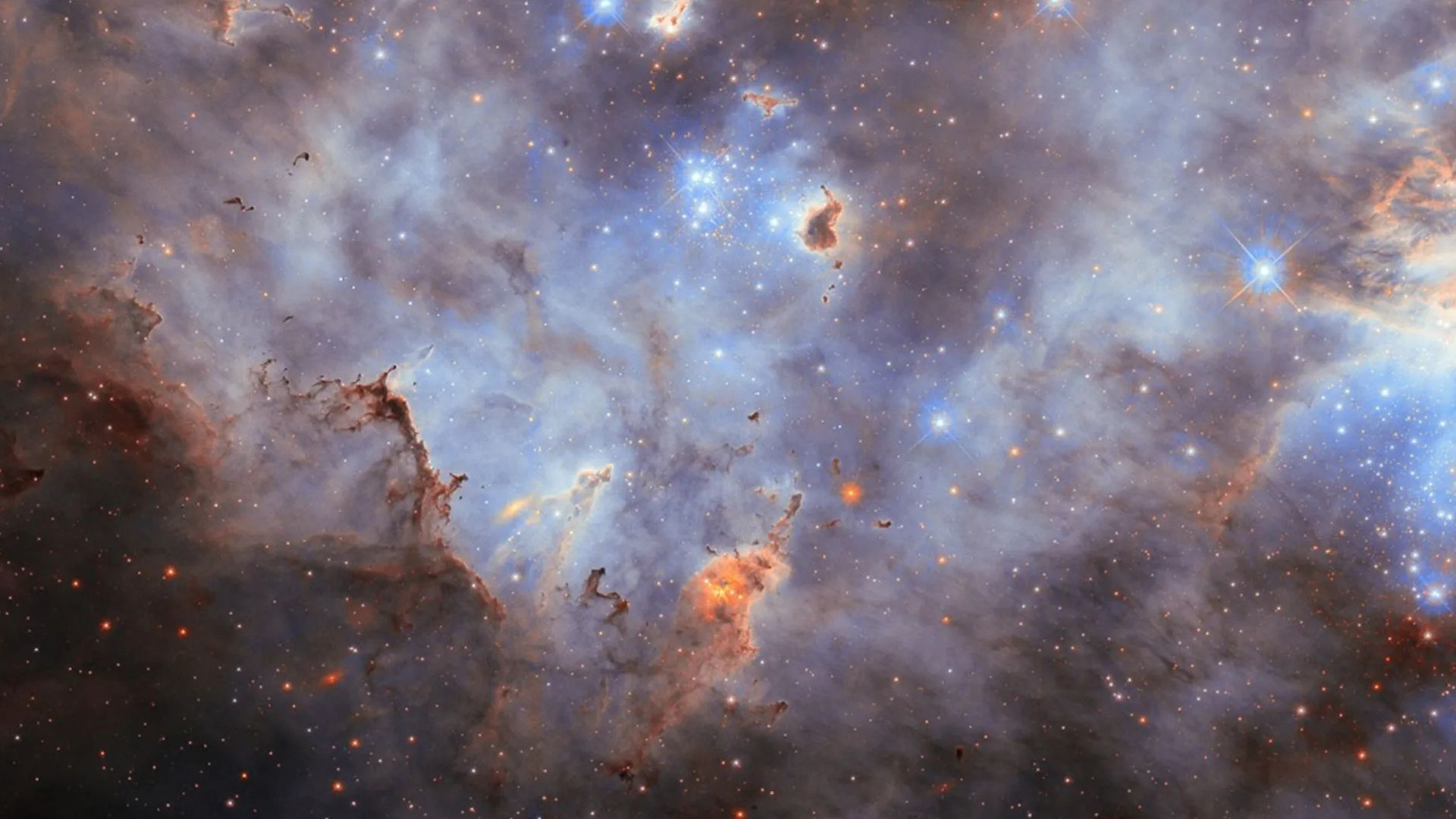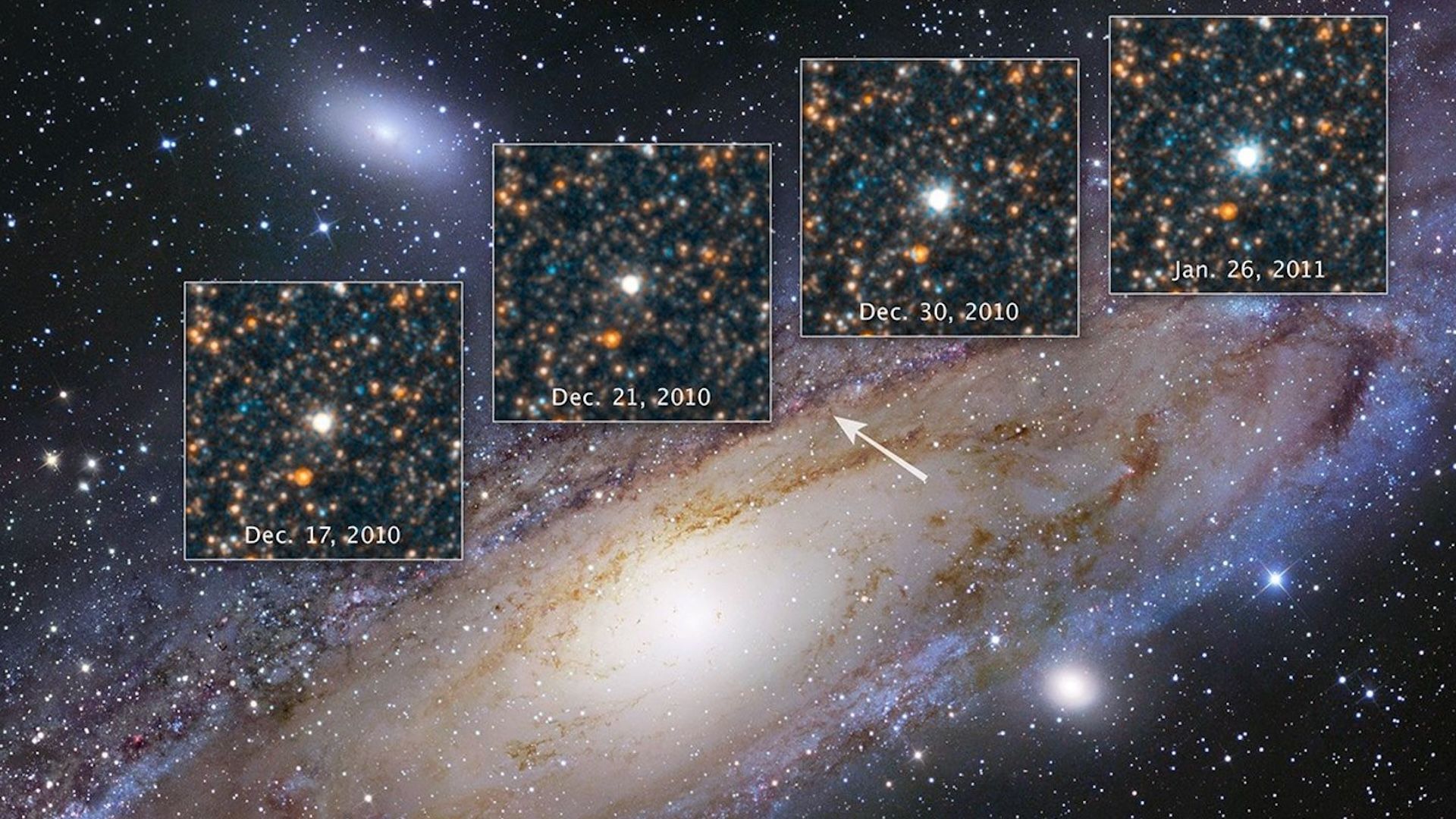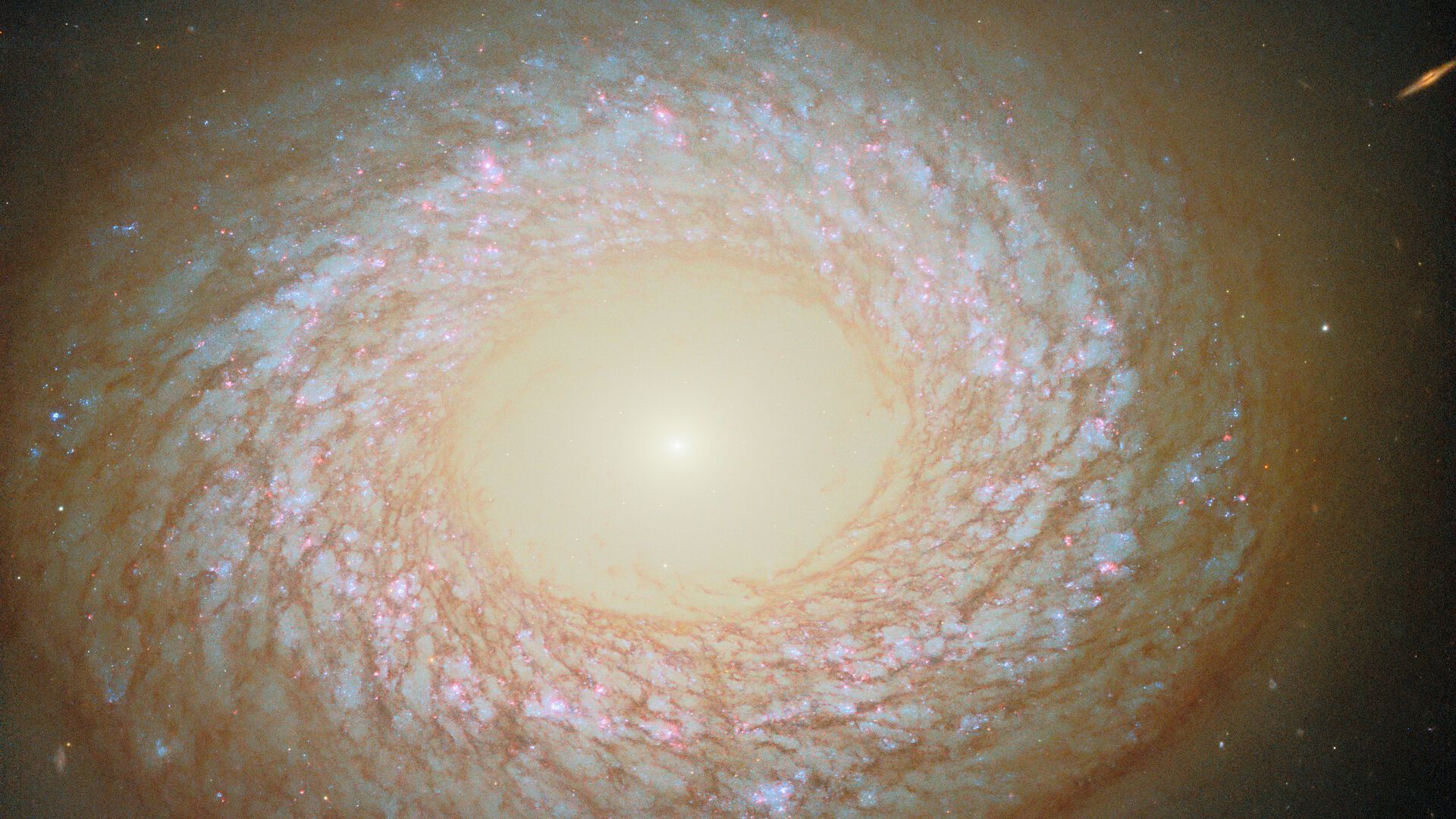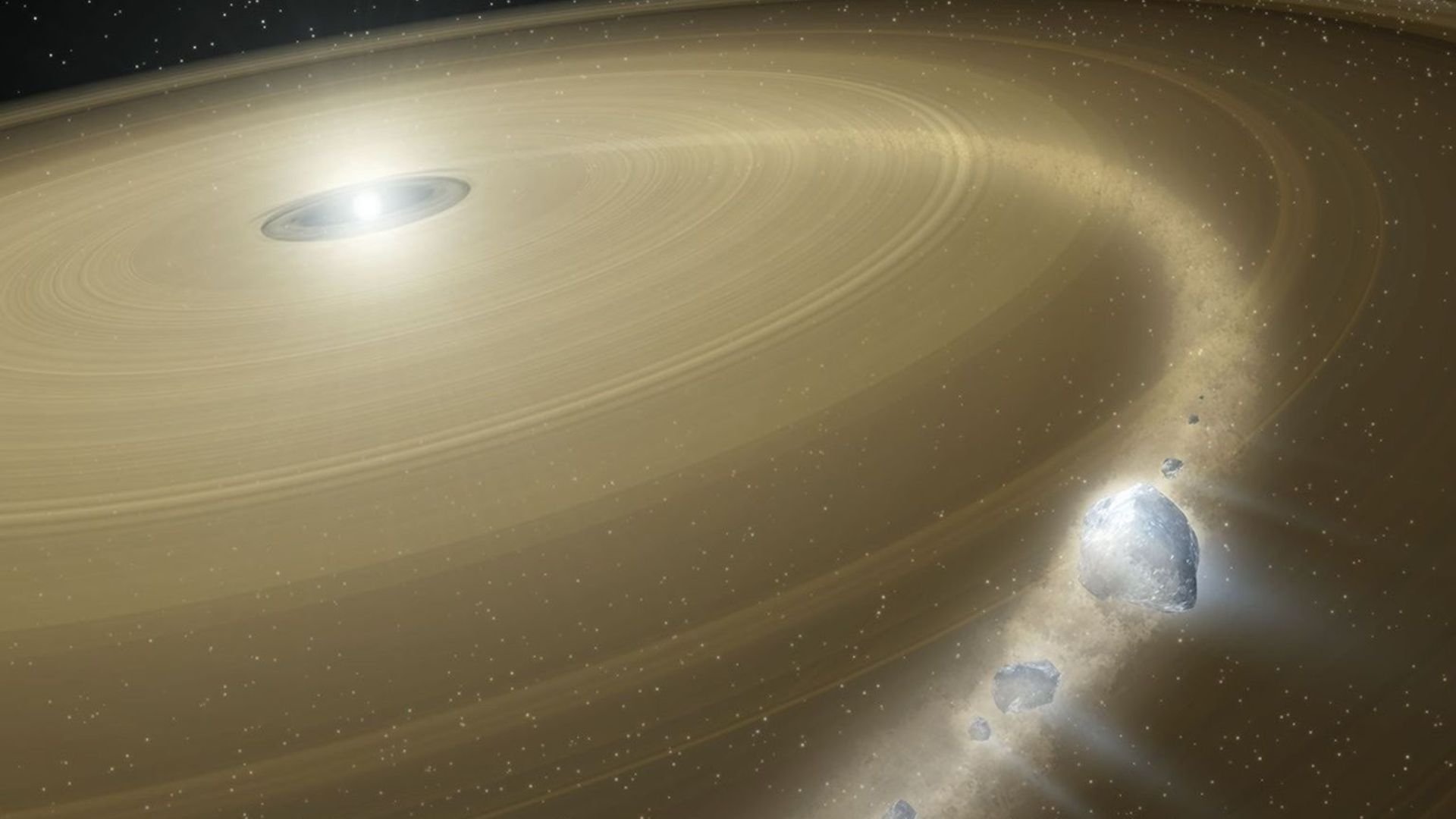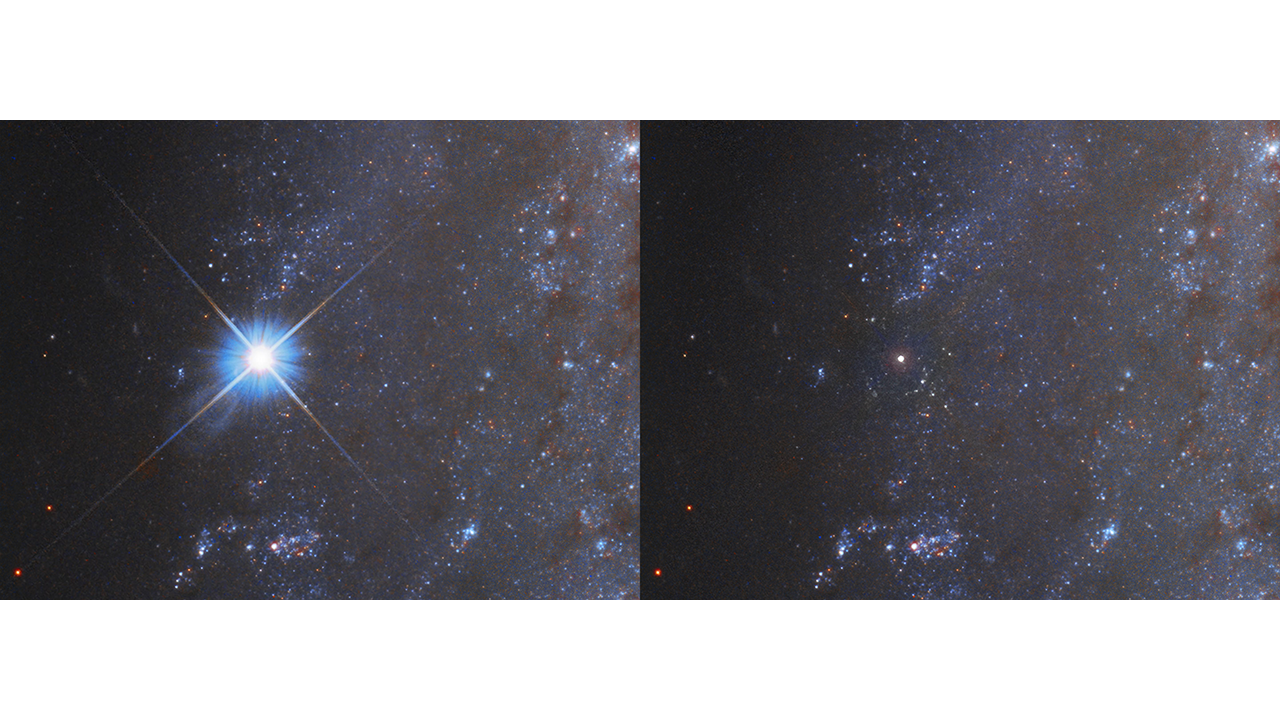QUICK FACTS What it is: NGC 6000, a spiral galaxy Where it is: 102 million light-years away in the constellation Scorpius When it was shared: Sept. 29, 2025 Here’s a story for the ages — or maybe a story of the ages. The Hubble Space Telescope’s latest image, of barred spiral galaxy NGC 6000, is rich in yellow at its …
Read More »Tag Archives: Hubble
Cosmic clouds caught by Hubble Telescope photo of the day for Oct. 7, 2025
Star clusters are among the many objects observed by the Hubble Space Telescope. These gravitationally bound groups of stars often form from the same molecular cloud and come in various types. These clusters help astronomers study stellar evolution, star formation environments and the interplay between stars and interstellar gas and dust. Recently, the Hubble Space Telescope caught one of these …
Read More »Science history: Edwin Hubble uncovers the vastness of the universe with discovery of ‘standard candle’ — Oct. 5, 1923
QUICK FACTS Date: Night of Oct. 5, 1923 Where: Mount Wilson Observatory, near Pasadena, California Who: Edwin Hubble On the night of Oct. 5 to 6, 1923, Edwin Hubble discovered a new star — and revealed the utter vastness of the universe. Hubble was looking at the cosmos with the 100-inch Hooker telescope at the Mount Wilson Observatory near Pasadena, …
Read More »Hubble Telescope finds galaxy with puzzling shape
When you buy through links on our articles, Future and its syndication partners may earn a commission. An image taken by the Hubble Space Telescope of galaxy NGC 2775. | Credit: ESA/Hubble & NASA, F. Belfiore, J. Lee and the PHANGS-HST Team Astronomers have long sorted galaxies into types based on their visible structure. Spiral galaxies, like our Milky Way, …
Read More »Hubble Telescope finds galaxy with puzzling shape photo of the day for Sept. 29, 2025
Astronomers have long sorted galaxies into types based on their visible structure. Spiral galaxies, like our Milky Way, have a flat disk, winding spiral arms and ongoing star formation. Ellipticals tend toward smooth, featureless ellipsoids with older stellar populations and little cold gas or dust. Some galaxies, known as irregulars, don’t fit neatly into either mold. And some have aspects …
Read More »Hubble Space Telescope watches dying star chow down on a Pluto-like world filled with ice
Anyone hungry for the icy crunch of a Pluto-like body? No? Well, one nearby white dwarf is going all in on a Pluto-esque snack. According to NASA, the Hubble Space Telescope has spotted a “burned-out star” snacking on a “fragment of a Pluto-like object” that’s not too far from Earth — only about 260 light-years away, which is very close …
Read More »Hubble sees white dwarf eating piece of Pluto-like object
heic2511 — Science Release 18 September 2025 In our nearby stellar neighbourhood, a burned-out star is snacking on a fragment of a Pluto-like object. With its unique ultraviolet capability, only the NASA/ESA Hubble Space Telescope could identify that this meal is taking place. The stellar remnant is a white dwarf about half the mass of our Sun, but that is …
Read More »The Sunward Glow in the Hubble Image of 3I/ATLAS is Ten Times Longer Than It is Wide | by Avi Loeb | Sep, 2025
Press enter or click to view image in full size Hubble Space Telescope image of the interstellar object 3I/ATLAS on July 21, 2025. The brightness contours feature an elongation of scattered sunlight towards the Sun and not away from it as previously observed for solar system comets. The yellow and green arrows mark, respectively, the projected negative heliocentric velocity vector …
Read More »NASA’s Hubble telescope watches supernova explosion photo of the day for Aug. 22, 2025
Recently, the Hubble Space Telescope captured a before-and-after image of a star exploding brightly. With the images one year apart, the contrast shows how bright a supernova is, and how that brightness fades over time. What is it? The supernova explosion, designated as SN 2018gv, is found in the spiral galaxy NGC 2525. According to NASA, Hubble began observing the …
Read More »New Hubble Image Reveals Pink Nebulae in Spiral Galaxy 35 Million Light-Years Away
NASA and ESA’s Hubble Space Telescope have recently released a breathtaking new image of NGC 2835, a spiral galaxy located 35 million light-years away in the constellation Hydra. This latest photo, part of Hubble’s ongoing observation campaign, reveals intricate details of the galaxy, especially in a newly highlighted wavelength of red light called H-alpha. The stunning pink nebulae scattered across …
Read More »